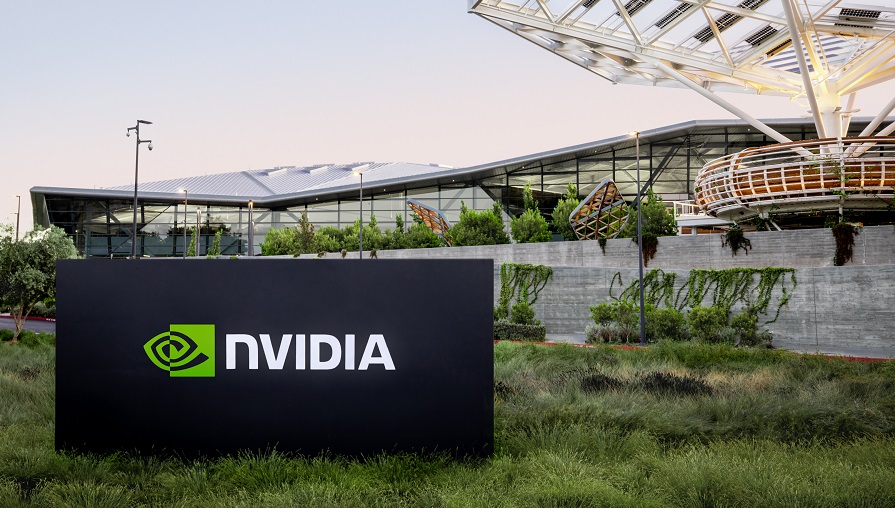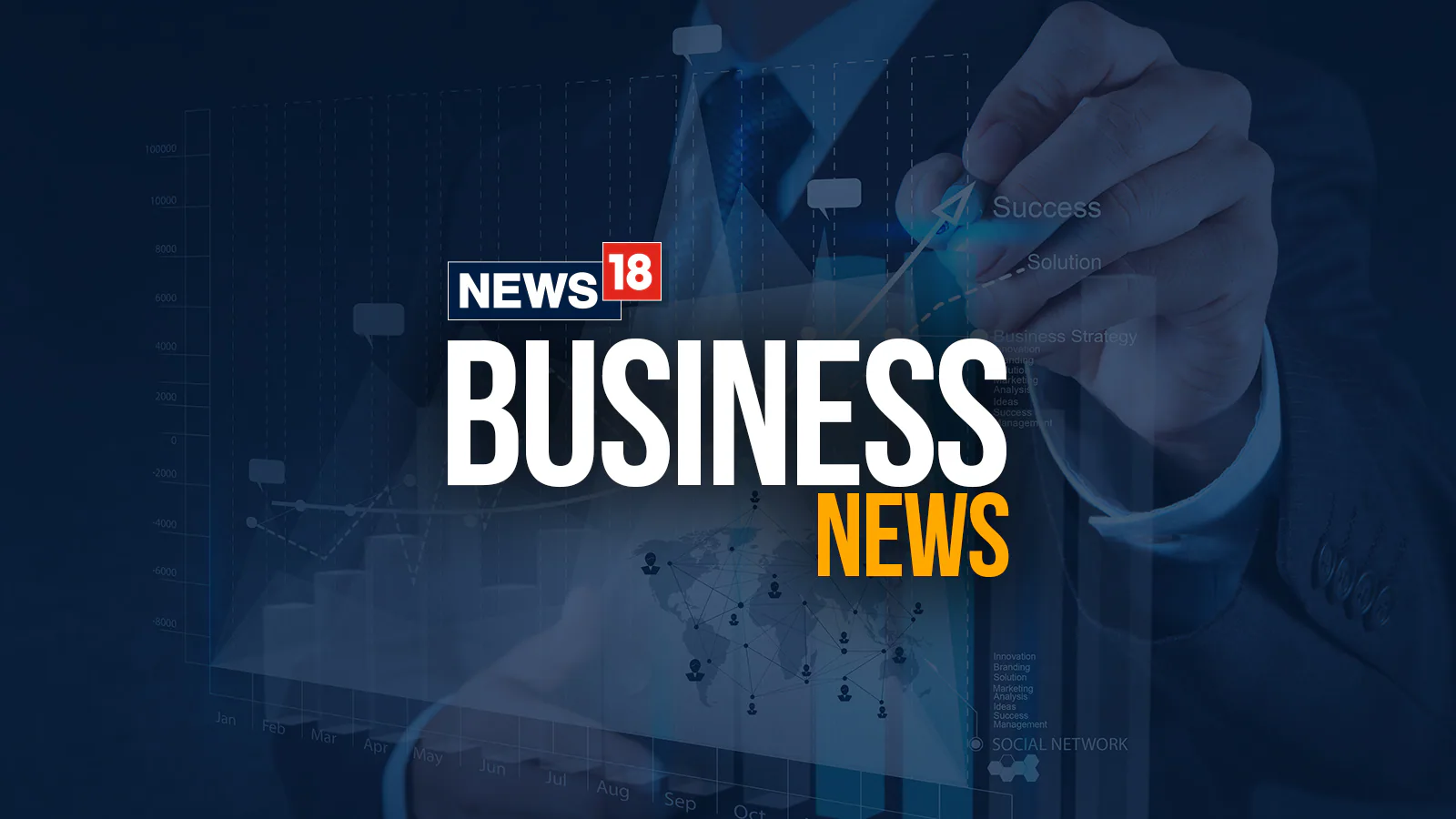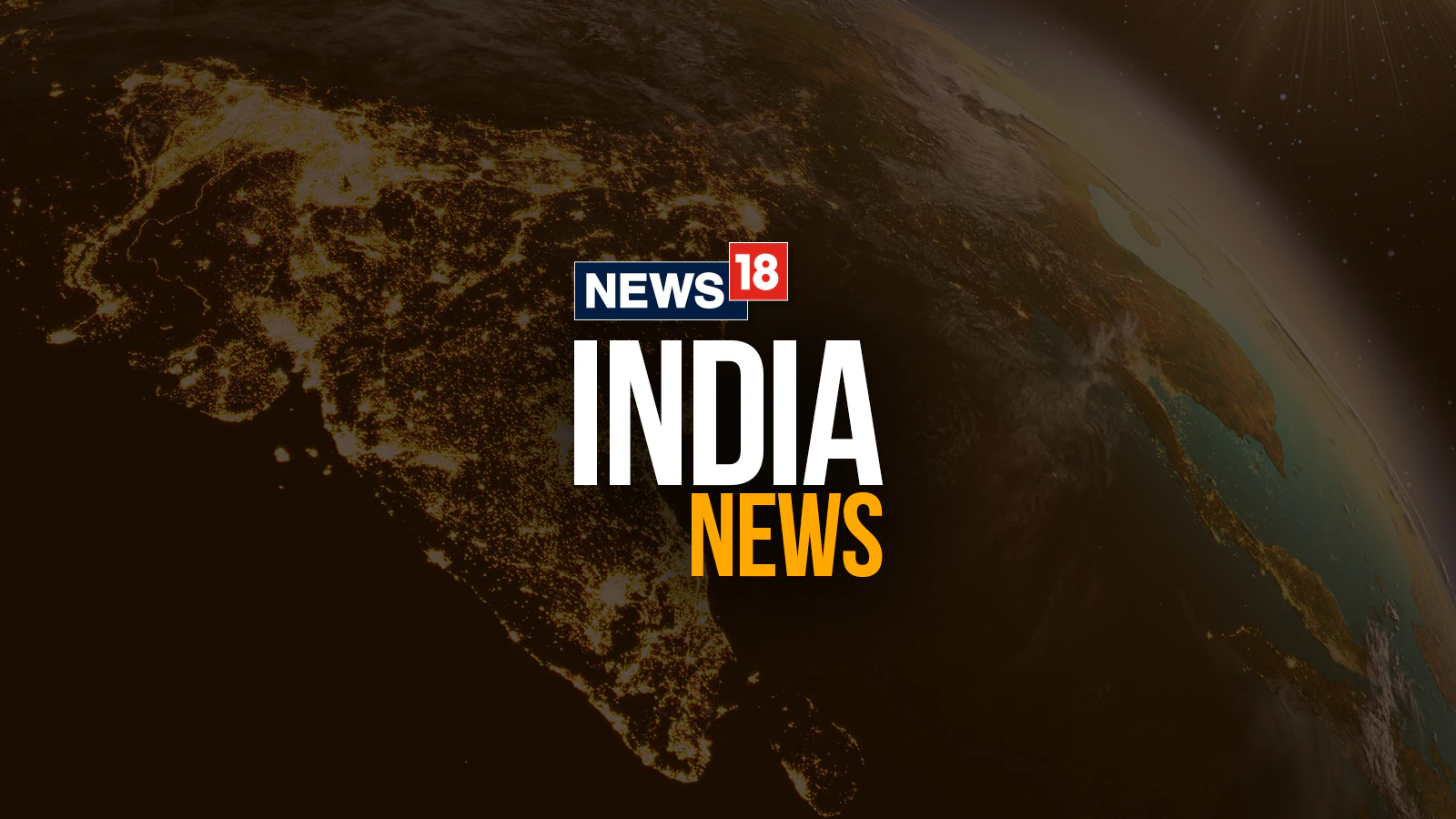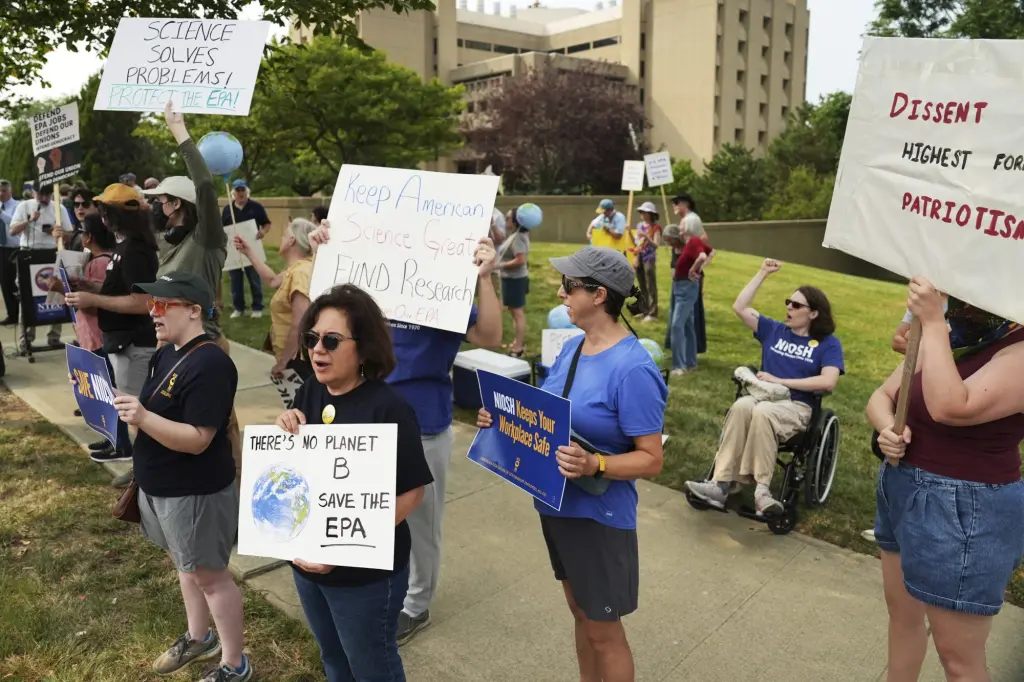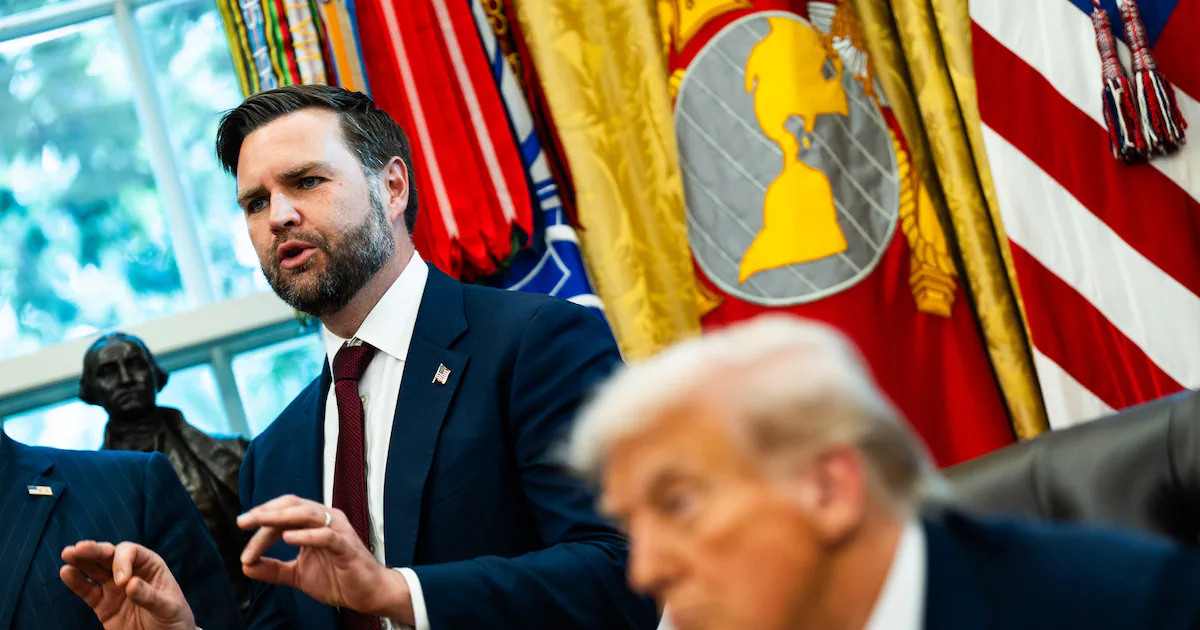
The White House was nearing the finish line on a long-awaited deal to permit TikTok to continue operating in the United States. But in meetings with American trade negotiators in Madrid this month, Chinese officials suddenly began slow-walking the process.
So Vice President JD Vance stepped in to offer advice.
On a Sept. 14 conference call with Vance and President Donald Trump in Washington and Treasury Secretary Scott Bessent and Trade Representative Jamieson Greer on the line from Madrid, the vice president suggested taking a hard line with the Chinese: Tell them the United States would let TikTok go dark for 170 million American users if an agreement wasn’t reached that day.
The president agreed, according to two people with knowledge of the call, who spoke on the condition of anonymity because they were not authorized to discuss it publicly.
The next day, Bessent and Greer left the meeting at the Foreign Ministry office in Madrid with a deal.
The episode marked a key moment in the sensitive negotiations, one of several highlighting how Vance, a former Silicon Valley venture capitalist, sought to guide the complicated, congressionally mandated sale of the hugely popular video app to American owners. Trump assigned the job to the vice president shortly after they took office – and on Thursday, Vance finally sealed the deal, an achievement he almost certainly will tout if he goes on to seek the presidency in 2028. Already, the White House is giving him credit – on TikTok.
But with bragging rights come uncertainties – and some political risk – as the deal unfolds. Key details about how the business will be structured remain unclear, and the arrangement has not entirely quelled concern among China hawks about the security of American data. Under the deal, ByteDance will hold a stake and retain ownership of its recommendation algorithm, despite the Chinese company’s control of the software being one of the central concerns that prompted the TikTok spin-off effort.
Meanwhile, the sale provides ownership stakes in the new TikTok entity for some investors who are politically aligned with Trump and Vance, drawing charges of crony capitalism from critics while raising broader concerns about the potential for censorship on an app that has emerged as an increasingly important political tool.
The Trump administration has brushed off those concerns. And Vance has thrown himself into taking a victory lap: His team plans to brief Republicans on Capitol Hill in the coming weeks on how the deal will work. On Thursday, as Vance stood at Trump’s side in the Oval Office for the signing of an executive order advancing the deal, Trump praised his vice president. He was “very much involved, in charge of it,” Trump declared.
Although the sale has been some six years in the making, Trump promised on the campaign trail last year that he would keep TikTok available for U.S. users while also addressing national security concerns. The vice president eagerly picked up the mantle, positioning himself to receive credit for closing a deal that Trump wanted, and forging bonds with investors and the TikTok-using public that could prove useful as he prepares for a possible presidential run.
VP worked the phones with CEOs
This article is based on interviews with nearly a dozen people involved in negotiations across the Trump administration and the private sector, most of whom spoke on the condition of anonymity because they weren’t authorized to discuss the process publicly.
In those conversations, stakeholders described Vance and his delegates as bent on finding a solution with investors, and ultimately the Chinese government, even as Trump’s aggressive tariff plan in April abruptly halted the deal as it was on the verge of completion.
For months, the U.S. and Chinese trade teams had held meetings without discussing the stalled TikTok deal. Vance wanted the matter to come up at the next round of negotiations between the two governments – a meeting with Bessent and Greer set for mid-September in Madrid.
The vice president turned to David Perdue, Trump’s ambassador to China, to persuade Chinese officials to allow TikTok on the agenda. Vance’s hope was to finalize the TikTok sale even if a broad trade deal remained out of reach.
Chinese officials agreed with the pitch, according to four people with knowledge of the deliberations.
TikTok and the federal government had negotiated unsuccessfully for years, including the duration of Joe Biden’s presidency, over national security concerns about potential Chinese manipulation of personal data and video feeds on the platform.
In the deal announced Thursday, an American version of TikTok will be spun off from parent company ByteDance with new leadership and ownership, including companies tied to some prominent Trump allies.
Vance began working on a deal as soon as the job landed in his lap, meeting with TikTok CEO Shou Zi Chew in the vice president’s West Wing office in February. And around the same time that Attorney General Pam Bondi sent a letter to Apple and Google seeking to restore TikTok to their app stores, Vance got on the phone with Apple CEO Tim Cook and Google CEO Sundar Pichai, urging the same. Despite initial concerns over whether they would be in compliance with the law, the companies ultimately restored the app, a critical step to allowing TikTok to continue its U.S. operations as negotiations went on.
From his West Wing office during the day, Vance fielded calls about the deal and took meetings with potential investors as well as leaders from Oracle, the tech giant that hosts U.S. TikTok data and reviews the app’s code for potential security flaws. Oracle co-founder Larry Ellison, one of the world’s richest men, is a longtime Trump supporter.
Vance primarily communicated with Chew from TikTok, while Sean Cooksey, the vice president’s counsel, worked directly with the general counsel for ByteDance, John Rogovin.
In the evenings, Vance and then-national security adviser Michael Waltz – who also had been tasked with solving the TikTok dilemma – convened in the vice president’s office in the Eisenhower Executive Office Building for after-hours brainstorming sessions with their staffs and senior members of the Treasury Department.
The unusual negotiations have drawn some criticism. They featured the U.S. government – and, more specifically, the vice president – playing the role of corporate dealmaker in the forced spin-off of a private company. Some critics argued that the process flew in the face of the free-market traditions American officials have long said give the U.S. advantage over countries like China, where government interference in private enterprise is commonplace.
Others questioned the administration’s involvement in negotiations over a global platform for free expression. While the federal government has long played a role in ensuring that corporate arrangements satisfy national security concerns – such as control of arms manufacturers – such involvement has not typically concerned such an “enormous speech engine,” said Anupam Chander, a Georgetown Law professor focused on the regulation of digital technology.
“Being able to select the buyers or approve the set of buyers gives the administration the power to select the companies who get the benefits of owning this prized asset,” Chander said.
On Thursday, Trump joked that if he could, he would make content on TikTok “100% MAGA-related,” before saying that would not happen and that “every group, every philosophy, every policy will be treated very fairly.”
Trump has touted the fact that the app will now be owned by “American investors,” but MGX, the United Arab Emirates’ state-backed investment firm with ties to the Trump family’s crypto ventures, will also have a stake. In addition, the new venture’s announced value of $14 billion is lower than analysts expected, raising questions about whether the White House allowed a sweetheart deal for Trump allies.
The White House did not respond to questions about the investors’ political ties to Trump, potential censorship on the app or the lower-than-expected valuation of the new TikTok.
Beijing could still find a reason to rescind its support for any deal during an upcoming regulatory review phase, and the Chinese Foreign Ministry has offered no specific comment on the agreement since Trump signed the order. It’s unclear to what level American negotiators made offers or compromises to win Chinese support for the deal.
The TikTok evolution of Trump and Vance
In his first term, Trump unsuccessfully tried to force the Chinese company to sell TikTok.
And in 2024, the Biden White House helped push a bipartisan bill through Congress requiring ByteDance to sell off TikTok and prohibiting U.S. app stores from offering it for download. The bill set a deadline of Jan. 19, 2025, for the sale.
Throughout that year, however, Trump’s campaign mobilized an active presence on the platform, including hiring a Gen Z social media strategist to record content just for the app. By the end of his campaign, Trump had come to believe in the power of the video app to reach younger voters. He also began to campaign on saving it.
So when he took office on Jan. 20, the day after the deadline for TikTok to sell, Trump signed the first of several executive orders commanding his administration not to enforce it and allowing the app to stay online, at least until a new deadline of April 6.
The vice president seemed to Trump a logical pick to lead the TikTok portfolio. He had worked in venture capital for roughly five years, embedding himself within Silicon Valley and the small but influential group of conservatives there.
But Vance had not joined TikTok until August 2024, when he was featured in a campaign-style video alongside the Nelk Boys, a group of prank-bro influencers Trump had hosted in 2020 on Air Force One. At the time, Vance was mostly known on TikTok as the subject of viral jokes. Videos of people dancing to a remix of Vance calling himself a “Never Trump guy” years ago garnered millions of views, and Vance was not widely seen as a savvy user of the app.
Tariffs stall the deal
In late March, a week before the April 6 deadline, Vance met with Trump in the Oval Office to present multiple options for how to move forward with a deal. With Commerce Secretary Howard Lutnick joining him, Vance – tasked with updating the president on the negotiations – now made the case for which deal structure the president should approve. Trump took the recommendation.
The arrangement that Trump approved and that the administration was close to finalizing then, in the spring, is largely the same as the current one, said an investor close to ByteDance, who spoke on the condition of anonymity because they were not authorized to speak publicly. Chinese officials were nearly on board, and the parties involved were confident they would be by the deadline. A TikTok announcement and executive order signing was planned for that Friday.
But on April 2, Trump held a news conference in the Rose Garden to announce sweeping new tariffs on Chinese imports. China quickly condemned the action, which Trump called “Liberation Day,” as “unilateral bullying” – and the TikTok negotiations came to a sudden halt.
ByteDance was “forced to back out days before the deal was to be signed,” said another person with knowledge of the events, “due to the increasingly hostile trade dynamic.” The investor close to ByteDance described being “deflated” as it fell through.
Spokespeople for ByteDance and TikTok did not respond to a request for comment.
With two days before the next deadline, Vance’s counsel Cooksey and the White House’s policy team had to quickly secure another extension to keep TikTok from going dark. Some legal experts have argued that the White House did not have the authority to extend a deadline set in statute.
After months of stalled negotiations, talks picked up in August, when Vance and Perdue nudged Chinese officials to discuss TikTok at the next trade meeting, on Sept. 14 in Madrid.
By then, the TikTok deal was “at the 1-yard line,” according to an official with the Office of the U.S. Trade Representative. Vance and his team had spent the prior six months working with ByteDance and potential investors to shore up the commercial side of the pact, but it still needed the critical final agreement between the two governments.
The locale was the 17th-century Santa Cruz Palace, a baroque former prison. On the second day of negotiations, after the call with Trump and Vance the night before, the Americans walked in with a determination to play hardball, according to three U.S. officials.
“We came in hot,” recalled one official who was in the room, explaining that the mood resulted in part from U.S. confidence following other recent trade talks.
Kush Desai, a White house spokesman, said that Vance and his staff “played an instrumental role” in achieving the TikTok deal. Trump tapped Vance as his running mate “for a reason, and the TikTok deal cements the foresight of that decision.”
